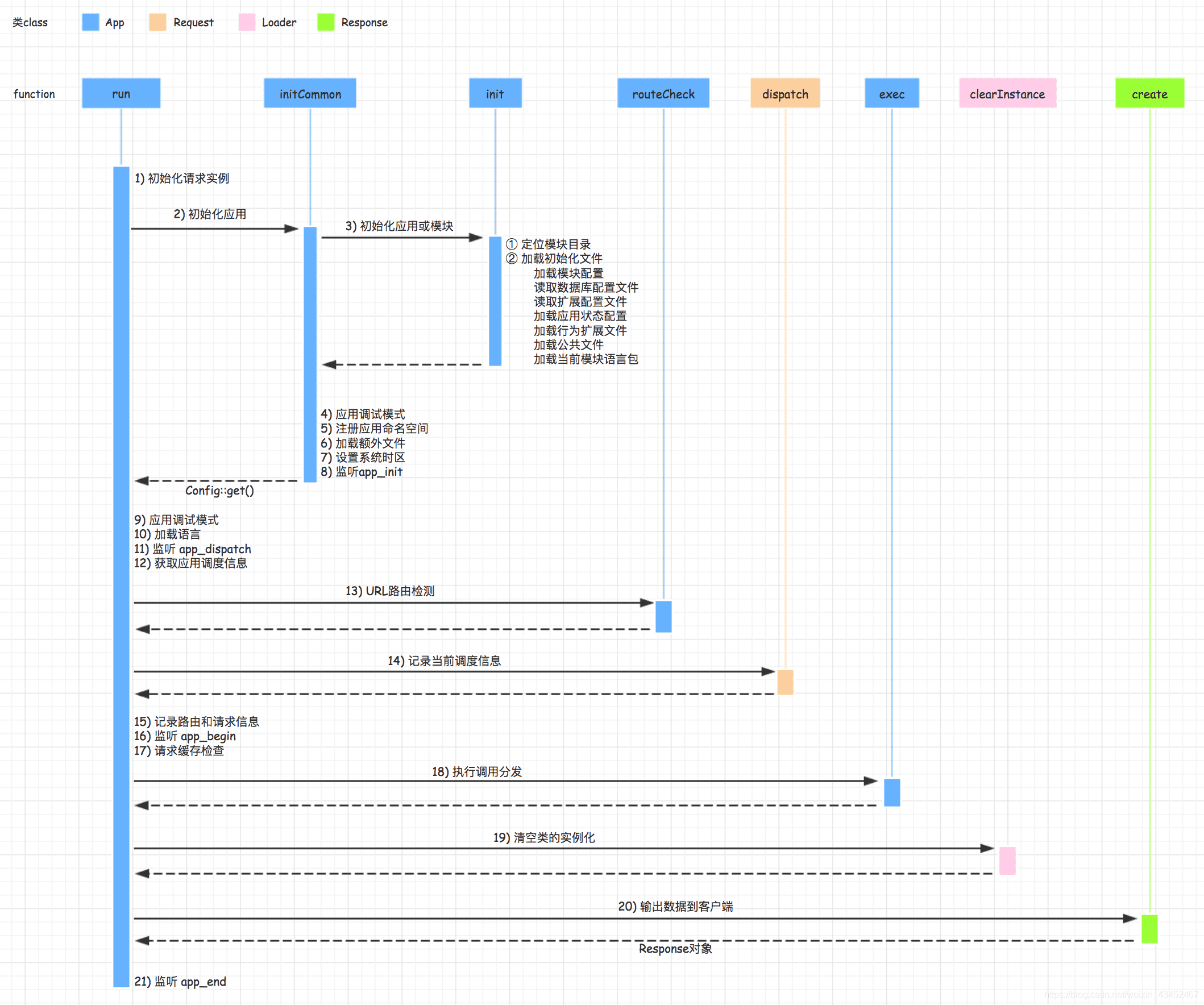Python基于內(nèi)置函數(shù)type創(chuàng)建新類型
英文文檔:
class type(object)
class type(name, bases, dict)
With one argument, return the type of an object. The return value is a type object and generally the same object as returned by object.__class__.
The isinstance() built-in function is recommended for testing the type of an object, because it takes subclasses into account.
With three arguments, return a new type object. This is essentially a dynamic form of the class statement. The namestring is the class name and becomes the __name__ attribute; the bases tuple itemizes the base classes and becomes the __bases__ attribute; and the dict dictionary is the namespace containing definitions for class body and is copied to a standard dictionary to become the __dict__ attribute.
返回對(duì)象的類型,或者根據(jù)傳入的參數(shù)創(chuàng)建一個(gè)新的類型
說(shuō)明:
1. 函數(shù)只傳入一個(gè)參數(shù)時(shí),返回參數(shù)對(duì)象的類型。 返回值是一個(gè)類型對(duì)象,通常與對(duì)象.__ class__返回的對(duì)象相同。
#定義類型A>>> class A: name = ’defined in A’#創(chuàng)建類型A實(shí)例a>>> a = A()#a.__class__屬性>>> a.__class__<class ’__main__.A’>#type(a)返回a的類型>>> type(a)<class ’__main__.A’>#測(cè)試類型>>> type(a) == ATrue
2. 雖然可以通過(guò)type函數(shù)來(lái)檢測(cè)一個(gè)對(duì)象是否是某個(gè)類型的實(shí)例,但是更推薦使用isinstance函數(shù),因?yàn)閕sinstance函數(shù)考慮了父類子類間繼承關(guān)系。
#定義類型B,繼承A>>> class B(A): age = 2#創(chuàng)建類型B的實(shí)例b>>> b = B()#使用type函數(shù)測(cè)試b是否是類型A,返回False>>> type(b) == AFalse#使用isinstance函數(shù)測(cè)試b是否類型A,返回True>>> isinstance(b,A)True
3. 函數(shù)另一種使用方式是傳入3個(gè)參數(shù),函數(shù)將使用3個(gè)參數(shù)來(lái)創(chuàng)建一個(gè)新的類型。其中第一個(gè)參數(shù)name將用作新的類型的類名稱,即類型的__name__屬性;第二個(gè)參數(shù)是一個(gè)元組類型,其元素的類型均為類類型,將用作新創(chuàng)建類型的基類,即類型的__bases__屬性;第三個(gè)參數(shù)dict是一個(gè)字典,包含了新創(chuàng)建類的主體定義,即其值將復(fù)制到類型的__dict__屬性中。
#定義類型A,含有屬性InfoA>>> class A(object): InfoA = ’some thing defined in A’#定義類型B,含有屬性InfoB>>> class B(object): InfoB = ’some thing defined in B’#定義類型C,含有屬性InfoC>>> class C(A,B): InfoC = ’some thing defined in C’#使用type函數(shù)創(chuàng)建類型D,含有屬性InfoD>>> D = type(’D’,(A,B),dict(InfoD=’some thing defined in D’))#C、D的類型>>> C<class ’__main__.C’>>>> D<class ’__main__.D’>#分別創(chuàng)建類型C、類型D的實(shí)例>>> c = C()>>> d = D()#分別輸出實(shí)例c、實(shí)例b的屬性>>> (c.InfoA,c.InfoB,c.InfoC)(’some thing defined in A’, ’some thing defined in B’, ’some thing defined in C’)>>> (d.InfoA,d.InfoB,d.InfoD)(’some thing defined in A’, ’some thing defined in B’, ’some thing defined in D’)
以上就是本文的全部?jī)?nèi)容,希望對(duì)大家的學(xué)習(xí)有所幫助,也希望大家多多支持好吧啦網(wǎng)。
相關(guān)文章:
1. jsp實(shí)現(xiàn)局部刷新頁(yè)面、異步加載頁(yè)面的方法2. ASP基礎(chǔ)入門第二篇(ASP基礎(chǔ)知識(shí))3. ASP中Server.HTMLEncode用法(附自定義函數(shù))4. ASP和PHP文件操作速度的對(duì)比5. Spring依賴注入的三種方式實(shí)例詳解6. adodb.recordset.open(rs.open)方法參數(shù)詳解7. JavaServlet的文件上傳和下載實(shí)現(xiàn)方法8. 怎樣打開(kāi)XML文件?xml文件如何打開(kāi)?9. jsp實(shí)現(xiàn)簡(jiǎn)單用戶7天內(nèi)免登錄10. asp文件如何打開(kāi)

 網(wǎng)公網(wǎng)安備
網(wǎng)公網(wǎng)安備